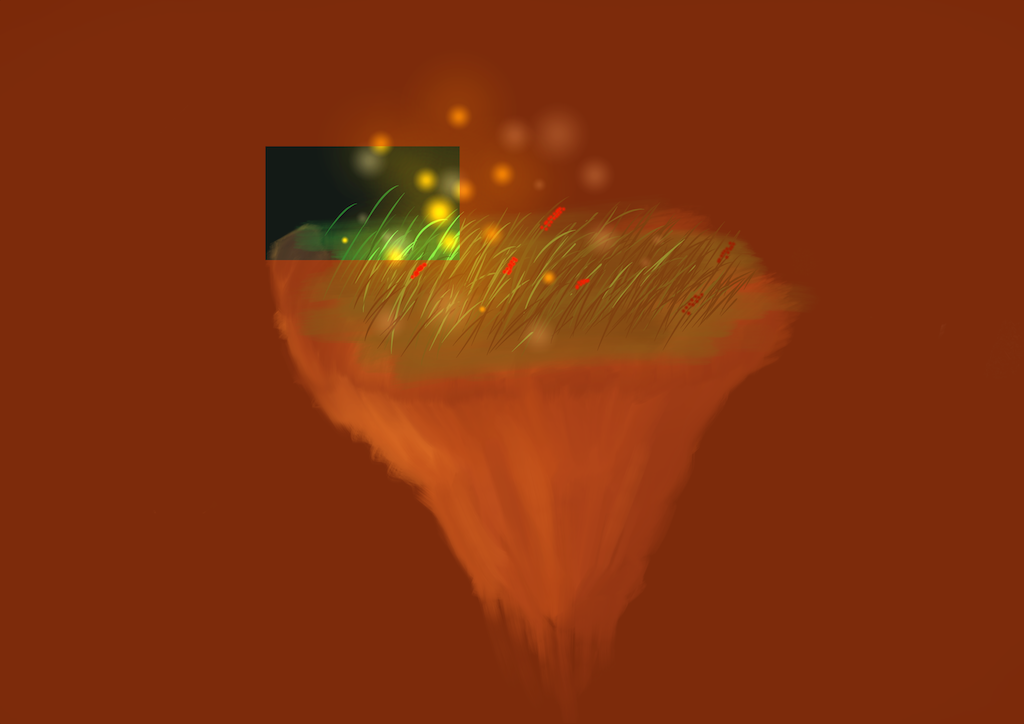I have drawn image with OpenGL and will redraw tile of its texture (non filled area).

Which case will work faster?
- Set glViewport with full texture's rect, draw full texture and use glScissor with updated area's rect.
- Set glViewport with updated area's rect and draw tile of texture with calculating its texture coordinates.
I've found in Apple's documentation, that scissor test is called after fragment shader. Does this mean, that fragment shader will work with pixels of full texture? How slower will it be rendered than case 2?
SOLVED: I've viewed pipeline scheme of OpenGL ES 2.0 here. Scissor test is done before fragment shading and allow to optimise rendering.
